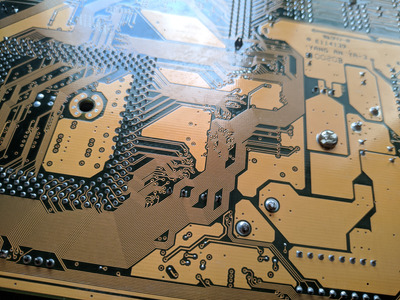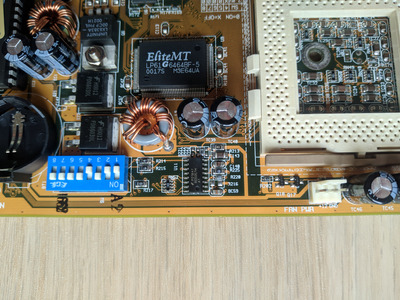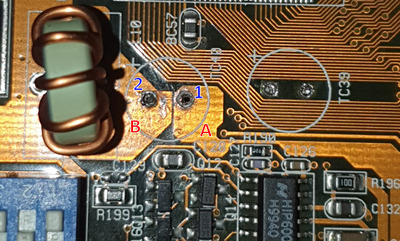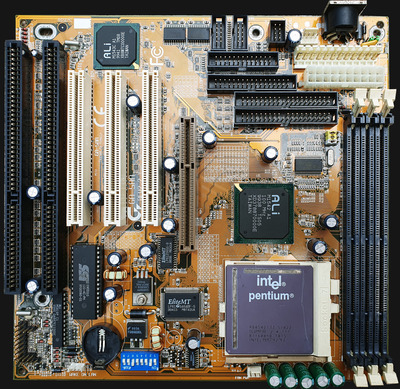well, it boot!!!
right now!
At the beginning, after putting in the last capacitor it didn't start, no image.
I checked the configuration switches (according to the stencil on the board) and tested at 3.3 and 3.4 volts. nothing.
tried another Pentium 133. nothing.
I changed the memory stick, et voila!!
The bad thing is that it is only 16MB (16MB PC66). The others I have and tested with are PC100 and PC133, in theory compatible, but either they are bad, or the board doesn't "like" them. I thought the higher speed ones would work at a lower speed. Maybe the pentium133 is the culprit and they do work with a CPU with a higher FSB (ie the K6-2/450 I got with the board). anyway, I have to test them on another PC (a PIII Compaq Deskpro EN that I have here and recently restored). everything else I have available are 72 pin FPM and EDO sticks.
I'll look for some additional compatible ram sticks.
the bios is the 1.3 version, so maybe, if in the end it works correctly, maybe I will update the bios to its latest stable version.
Now I´ll continue working on it because it is stuck in "Checking NVRAM". maybe is that ramstick, or the bios. keep working
mmm, it doesn't have a jumper to clear the CMOS





